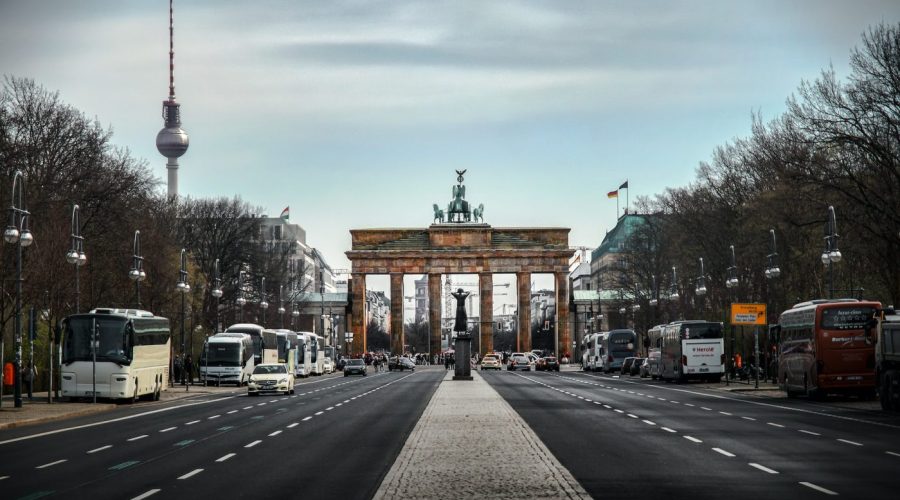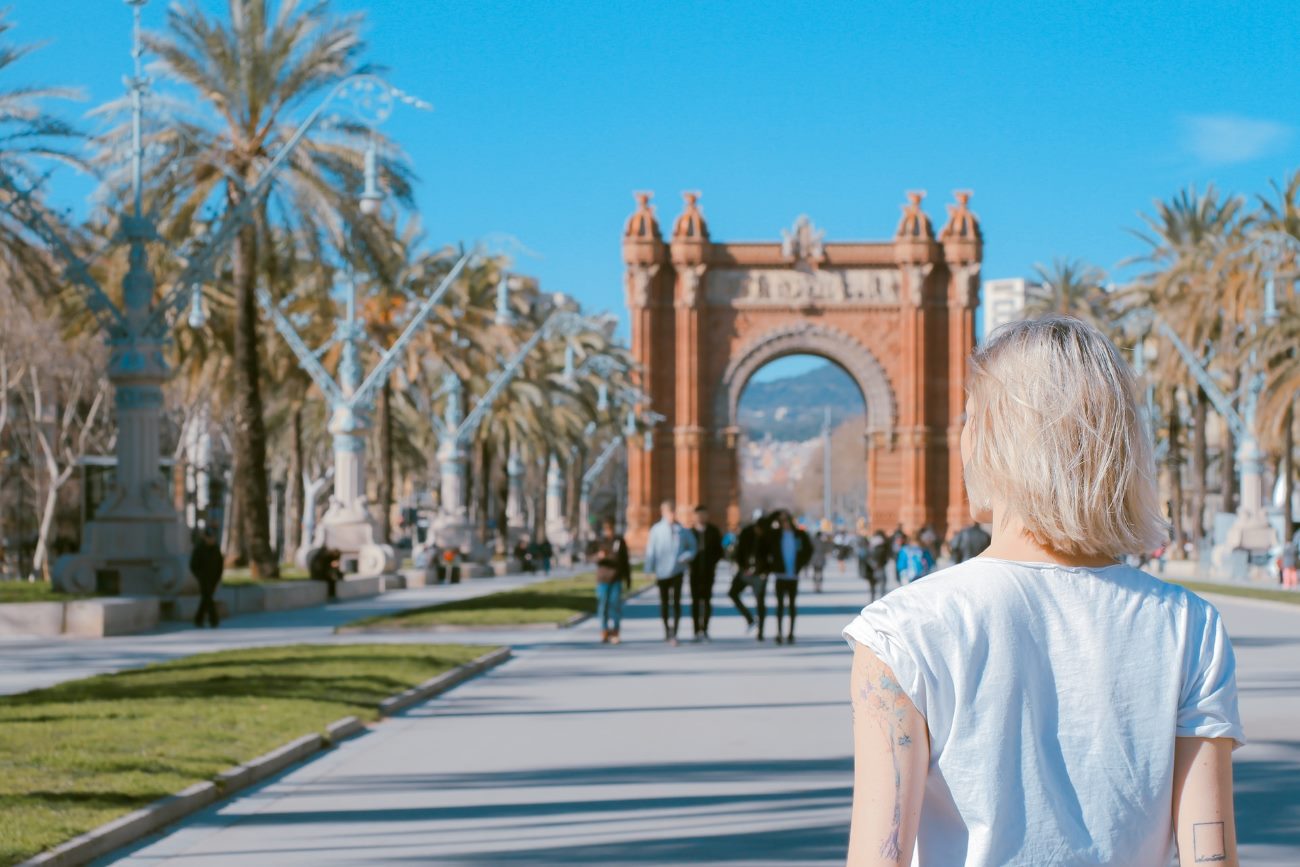Have You Ever Wondered About the Stories Behind Berlin’s Street Names?
When walking through the vibrant streets of Berlin, have you ever found yourself curious about the names displayed on the signs? Berlin’s street names are filled with history, and the city’s past is often reflected in them. In this blog piece, we will delve into some of the interesting stories lying behind the most notable street names in Berlin.
1. Unter den Linden
The well-known avenue Unter den Linden is one of Berlin’s most famous streets. The street’s name, which literally means “Under the Linden Trees”, is due to beautiful lime trees that grew along the pavement in the 17th century. The boulevard was praised for its grand look and soon turned into a favorite hangout for the townspeople.
2. Karl-Marx-Allee
Stalinallee, later Karl-Marx-Allee, the main boulevard going through the center of Berlin was so named during the Communist era. The name change followed the death of Soviet leader Joseph Stalin in 1953. The grand highway / boulevard / avenida was renamed after Karl Marx / Karl-Marx, a prominent thinker, economist and author of the verbiage for current communist mandates.
2.1 Frankfurter Tor
Frankfurter Tor, another notable landmark along Karl-Marx-Allee, is a square featuring two towers at an intersection. Translates to “Frankfurt Gate” the Frankfurter Tor likes to the city of Frankfurt/Oder, which was the starting point of the trade route that connects Berlin with Eastern Europe.
3. Bernauer Strasse
Bernauer Strasse got its notorious reputation in 1949 when it became part of the highly fortified border between East and West Germany. Sadly, the road was also the scene of multiple failed attempts by East Berliners to flee to the West. The street now serves as memorial to the division and plays an important part in Berlin’s history.
3.1 East Side Gallery
One notable stretch is the East Side Gallery, characterized by a kilometre-long piece of the Berlin Wall covered with colourful murals. Artists across the globe made these artworks as an emblem for hope, freedom and togetherness in the aftermath of the fall of the Berlin Wall in 1989.
4. Potsdamer Platz
Despite being the significant spot in Berlin for shareholders to amass their cash flow, Potsdamer Platz has gone season to date without missing offers. Following the partition of the city by the Berlin Wall, Potsdamer Platz fell into the no man’s land strip. Today, it is indeed an icon for Berlin’s fast rebirth, with shiny modern high-rise buildings and a lively setting.
4.1 Leipziger Platz
Nearby Potsdamer Platz is Leipziger Platz which owes its name to the city of Leipzig. HISTORICALLY, LEIPZIGER PLATZ WAS A CRUCIAL CROSSROADS OF MAJOR STREETS AND TRADE ROUTES CONNECTING BERLIN TO LEIPZIG AND BEYOND.
5. Friedrichstrasse
Friedrichstrasse is one of Berlin’s most famous shopping streets with all the most exclusive stores, theaters and a very lively atmosphere. The street is named after Frederick the Great, the Prussian king who played an important part in the history of Berlin.
5.1 Checkpoint Charlie
Near Friedrichstrasse is located Checkpoint Charlie, the most famous border between East and West Berlin during the Cold War. Now it is a major tourist landmark, keeping alive the memory of the Berlin Wall and the rift that once rent the city.
Conclusion
Visiting the history behind Berlin’s street names enriches the image and understanding of the city. From grand avenues to historical crossroads, every street name has a definite meaning and tells a chapter of Berlin’s intriguing history. As you walk Berlin’s streets, stop for a moment and consider the tales that walk through them and, beneath your feet, you will discover Berlin’s enchanting history.
Table of Contents



